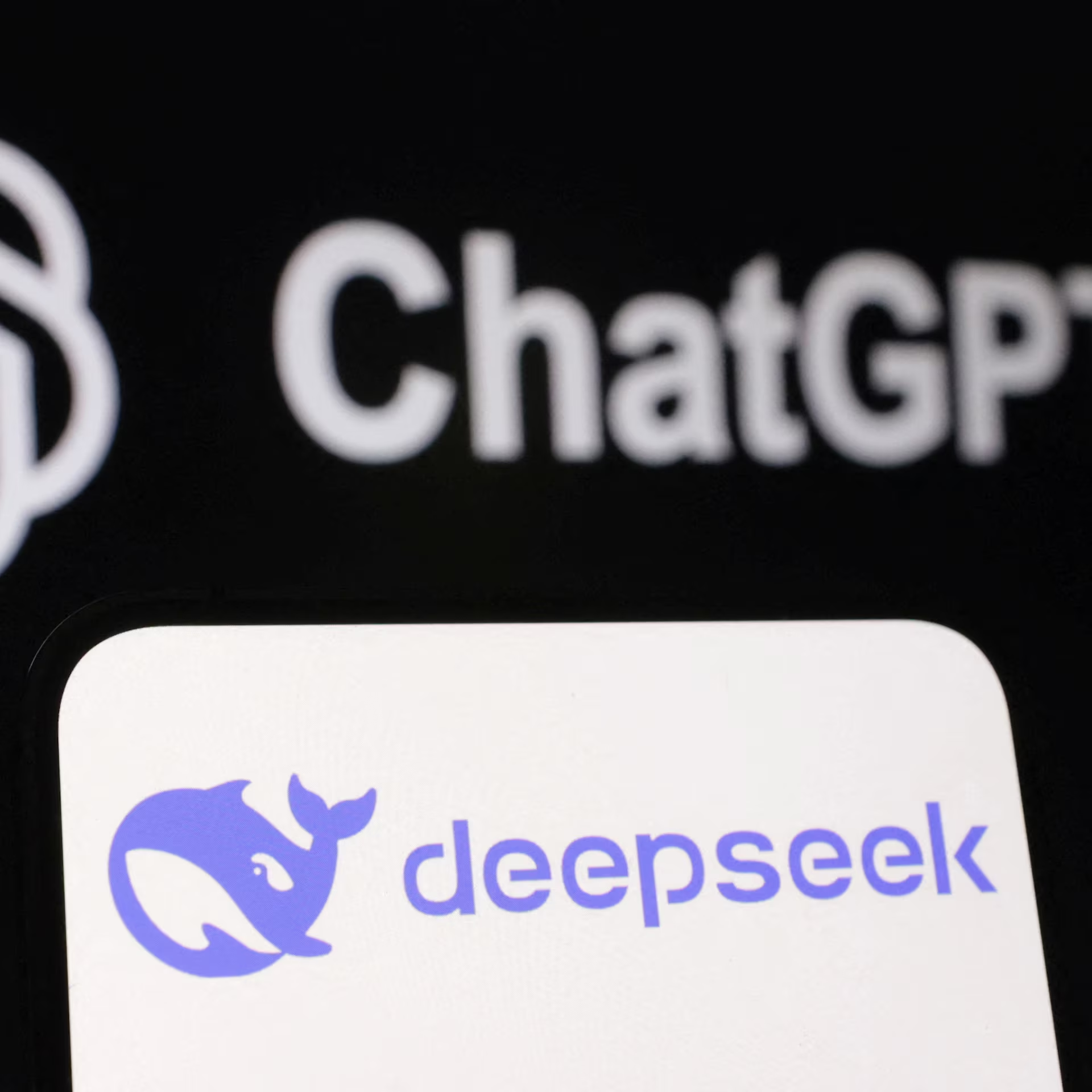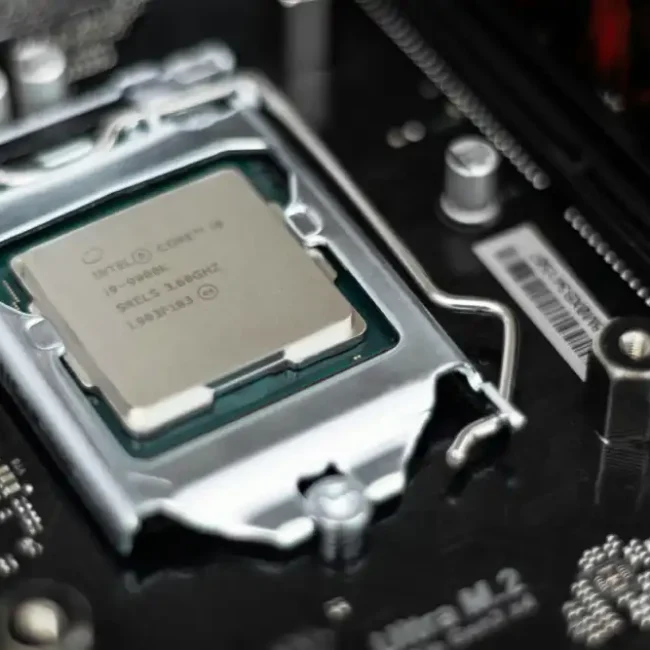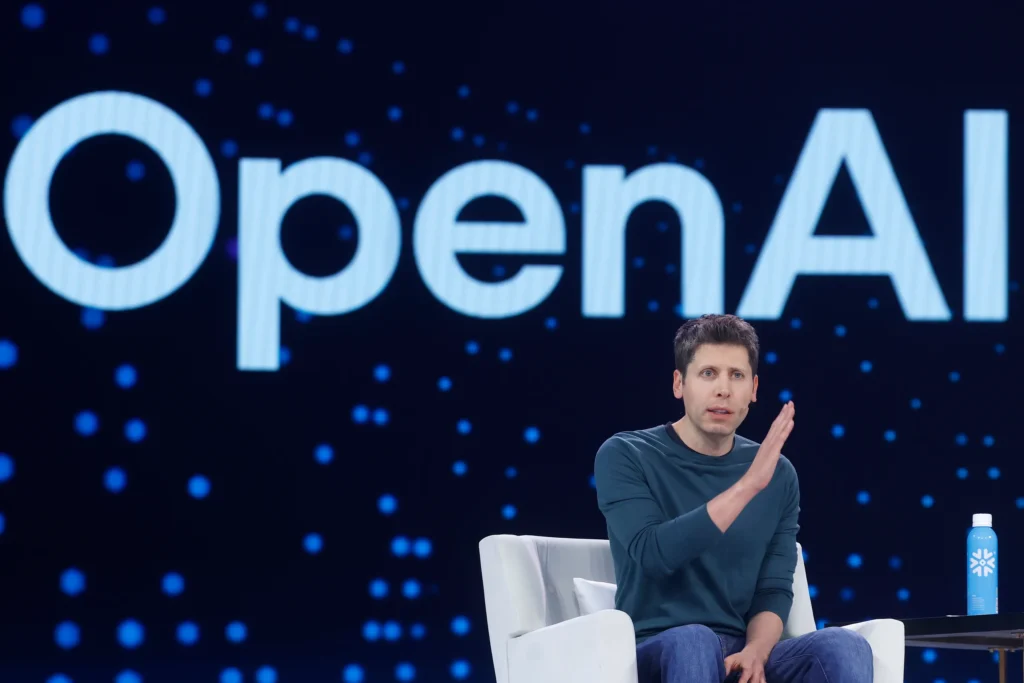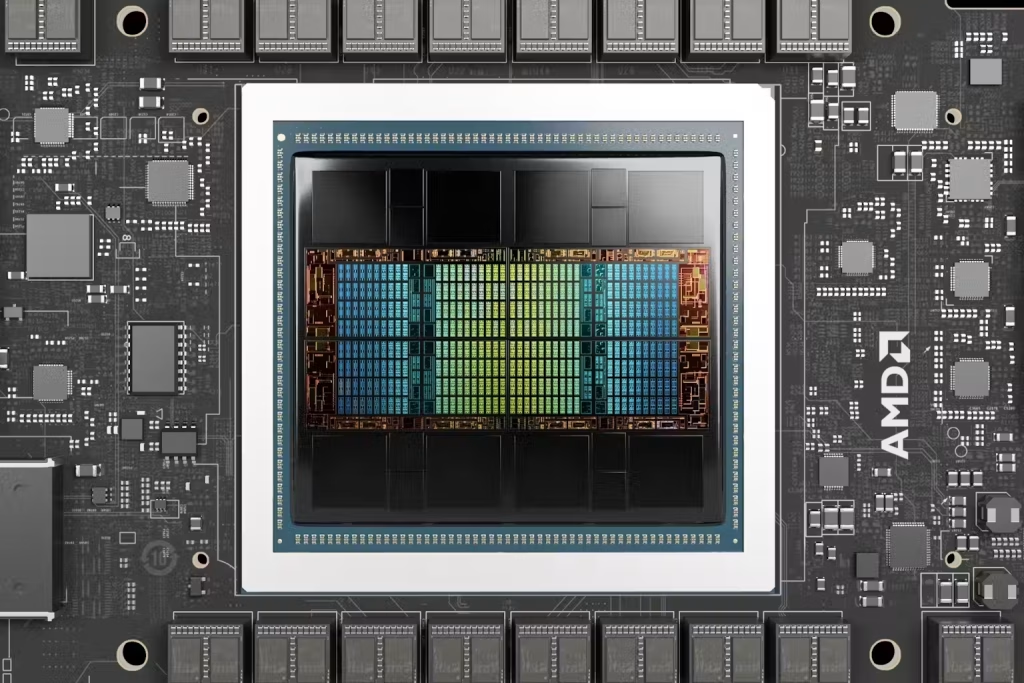DeepSeek, a Chinese artificial intelligence (AI) startup, has rapidly emerged as a formidable contender in the AI landscape, challenging established Western models with its innovative approaches and open-source philosophy.
Overview of DeepSeek
Founded in 2023 and backed by the High-Flyer hedge fund, DeepSeek has committed to developing advanced AI models and making them accessible to the global community. The company’s mission centers on creating foundational AI technologies and open-sourcing all its models, fostering collaboration and transparency in AI development.
Key Developments and Models
- DeepSeek-R1: Launched in January 2025, this model focuses on logical inference, mathematical reasoning, and real-time problem-solving. It employs pure reinforcement learning, a technique reminiscent of Google’s DeepMind’s AlphaZero, enabling advanced performance without supervised data. Benchmark tests indicate that DeepSeek-R1 matches or even surpasses OpenAI’s o1 model in areas like mathematics and coding.
- DeepSeek-V3: Released in December 2024, DeepSeek-V3 boasts 671 billion parameters and was trained over approximately 55 days at a cost of $5.58 million. Despite utilizing less advanced hardware, it outperformed models like Llama 3.1 and Qwen 2.5, and matched GPT-4o and Claude 3.5 Sonnet in benchmark tests. This achievement underscores DeepSeek’s efficiency and the potential limitations of U.S. sanctions on China’s AI development.
Pros of DeepSeek’s Approach
- Open-Source Commitment: By releasing its models under permissive licenses like the MIT license, DeepSeek promotes global collaboration, allowing developers worldwide to modify and utilize its AI models freely.
- Cost Efficiency: DeepSeek has demonstrated the ability to develop high-performing AI models at a fraction of the cost incurred by competitors. For instance, DeepSeek-R1 was developed with significantly lower investment compared to OpenAI’s models, making advanced AI more accessible.
- Technical Proficiency: The company’s models have achieved high accuracy in complex tasks, such as a 97% precision rate in solving mathematical problems and outperforming 96% of humans in programming tests.
Cons and Challenges
- Market Disruption: DeepSeek’s emergence has led to significant market volatility, with major tech companies experiencing stock declines due to concerns over reduced demand for high-end hardware and potential shifts in AI development paradigms.
- Ethical and Safety Considerations: The open-source release of powerful AI models has sparked discussions about responsible deployment and the potential risks associated with widespread access to advanced AI technologies.
- Censorship Concerns: Despite its open-source nature, there are apprehensions regarding potential censorship within DeepSeek’s models, which could affect the objectivity and reliability of outputs.
Implications for the AI Industry
DeepSeek’s advancements signify a pivotal shift in the AI industry, highlighting China’s rapid progress in AI development. The company’s efficient use of resources challenges the prevailing narrative that substantial capital expenditure is essential for AI innovation. This development may prompt a reevaluation of investment strategies and operational approaches among established AI firms.
Furthermore, DeepSeek’s success underscores the potential for innovation under constraints, as U.S. export controls have inadvertently spurred Chinese tech companies to develop cost-effective and efficient AI solutions.
Conclusion
DeepSeek’s rapid ascent in the AI sector exemplifies the dynamic and evolving nature of technological innovation. Its commitment to open-source development, coupled with cost-effective methodologies, positions it as a significant player in the global AI arena. As the industry continues to evolve, DeepSeek’s approach may serve as a catalyst for broader discussions on accessibility, ethics, and the future direction of AI development.





